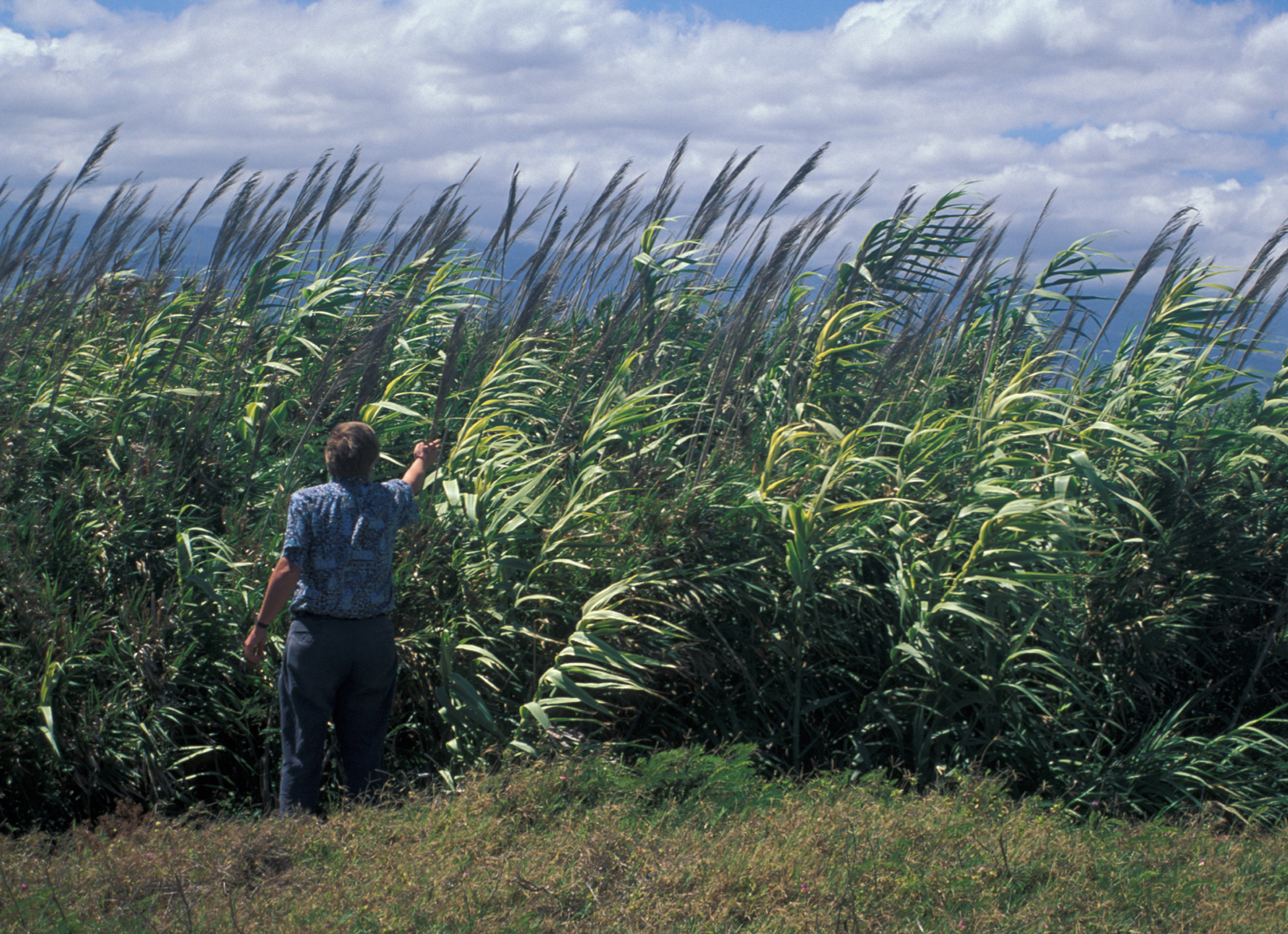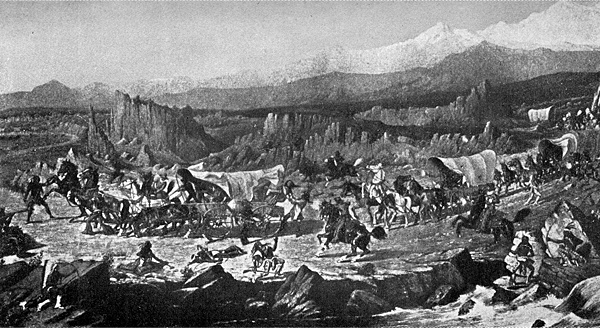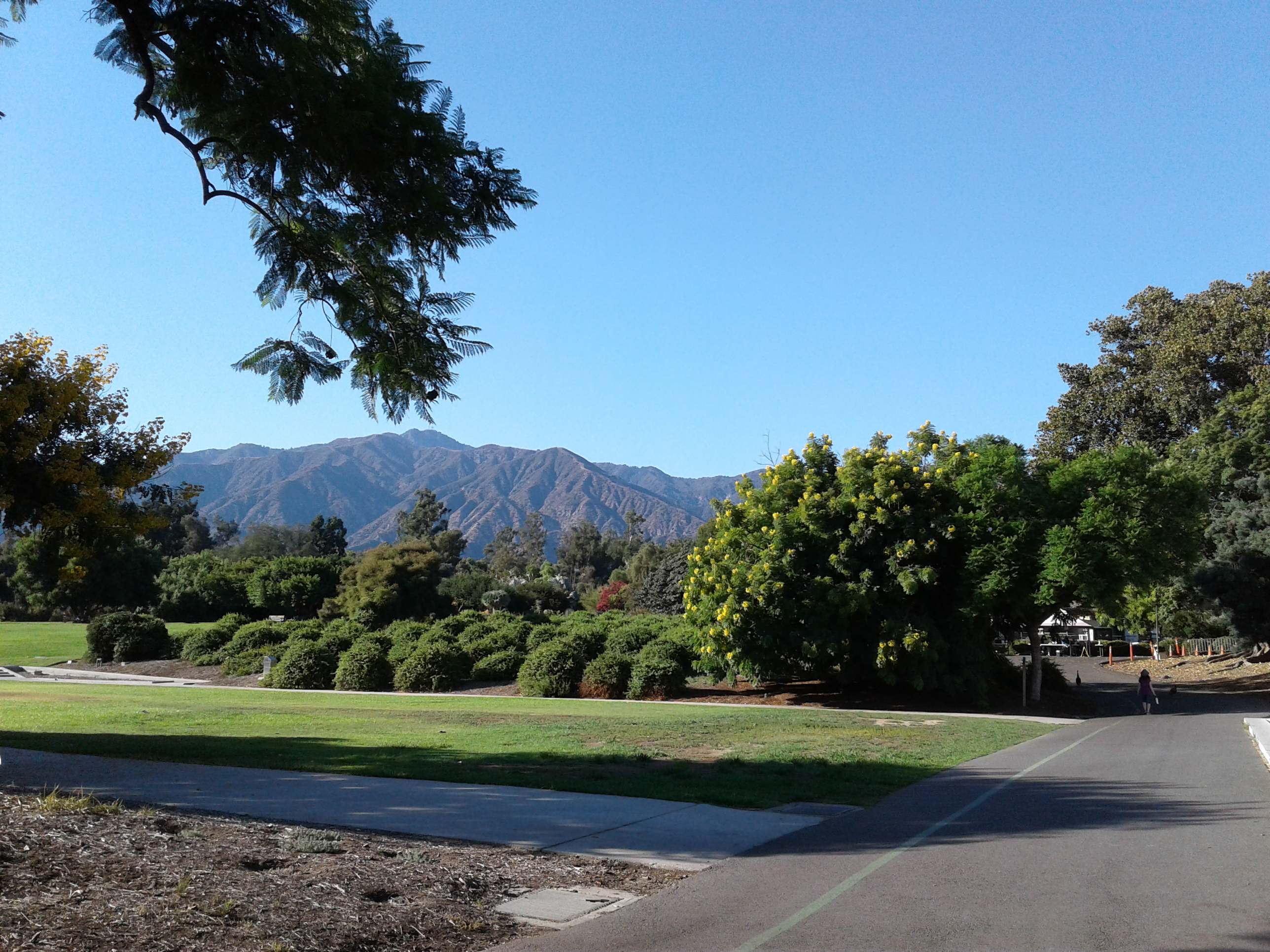|
Hugo Reid Adobe
The Reid-Baldwin Adobe, formerly called the Hugo Reid Adobe, is an adobe home built in 1839. It is currently located at the Los Angeles County Arboretum and Botanic Garden in Arcadia, California. The Hugo Reid Adobe was designated a California Historic Landmark (No. 368) on April 3, 1940. The Reid Adobe was built by Scottish−Mexican Hugo Reid on the shore of what is now called Baldwin Lake with the help of local natives. Reid received the full Mexican land grant for Rancho Santa Anita in 1845, which included 13,319 acres of land. Reid farmed some of the land and planted grape vines. Hugo Reid (1811–1852), born in Scotland, was an early resident of Los Angeles County who became a naturalized citizen of California (then a part of Mexico) and who married a respected ''Gabrieleño'' woman, Victoria Reid. Victoria was born at the village of Comicranga and taken to San Gabriel Mission at the age of six, yet had acquired land through her first marriage and elevated Hugo's ... [...More Info...] [...Related Items...] OR: [Wikipedia] [Google] [Baidu] |
Adobe
Adobe ( ; ) is a building material made from earth and organic materials. is Spanish for ''mudbrick''. In some English-speaking regions of Spanish heritage, such as the Southwestern United States, the term is used to refer to any kind of earthen construction, or various architectural styles like Pueblo Revival or Territorial Revival. Most adobe buildings are similar in appearance to cob and rammed earth buildings. Adobe is among the earliest building materials, and is used throughout the world. Adobe architecture has been dated to before 5,100 B.C. Description Adobe bricks are rectangular prisms small enough that they can quickly air dry individually without cracking. They can be subsequently assembled, with the application of adobe mud to bond the individual bricks into a structure. There is no standard size, with substantial variations over the years and in different regions. In some areas a popular size measured weighing about ; in other contexts the size is weighi ... [...More Info...] [...Related Items...] OR: [Wikipedia] [Google] [Baidu] |
California Historical Landmarks
A California Historical Landmark (CHL) is a building, structure, site, or place in California that has been determined to have statewide historical landmark significance. Criteria Historical significance is determined by meeting at least one of these criteria: # The first, last, only, or most significant of its type in the state or within a large geographic region ( Northern, Central, or Southern California); # Associated with an individual or group having a profound influence on the history of California; or # An outstanding example of a period, style, architectural movement or construction; or is the best surviving work in a region of a pioneer architect, designer, or master builder. Other designations California Historical Landmarks numbered 770 and higher are automatically listed in the California Register of Historical Resources. A site, building, feature, or event that is of local (city or county) significance may be designated as a California Point of Historical Interest ... [...More Info...] [...Related Items...] OR: [Wikipedia] [Google] [Baidu] |
List Of California Ranchos
These California land grants were made by Spanish (1784–1821) and Mexican (1822–1846) authorities of Las Californias and Alta California to private individuals before California became part of the United States of America.Shumway, Burgess M.,1988, ''California Ranchos: Patented Private Land Grants Listed by County'', The Borgo Press, San Bernardino, CA, Under Spain, no private land ownership was allowed, so the grants were more akin to free leases. After Mexico achieved independence, the Spanish grants became actual land ownership grants. Following the Mexican–American War, the 1848 Treaty of Guadalupe Hidalgo provided that the land grants would be honored. Alta California ranchos in Mexico From 1773 to 1836, the border between Alta California and Baja California was about 30 miles south of the Mexico–United States border drawn by the Treaty of Guadalupe Hidalgo that ended the Mexican–American War in 1848. Under the Siete Leyes constitutional reforms of 1836, the Alt ... [...More Info...] [...Related Items...] OR: [Wikipedia] [Google] [Baidu] |
California Historical Landmarks In Los Angeles County
List table of the properties and districts — listed on the California Historical Landmarks in Los Angeles County, Southern California. :*Note: ''Click the "Map of all coordinates" link to the right to view a Google map of all properties and districts with latitude and longitude coordinates in the table below.'' See also *List of California Historical Landmarks * National Register of Historic Places listings in Pasadena, California *National Register of Historic Places listings in Los Angeles County, California *National Register of Historic Places listings in Los Angeles, California This is a List of the National Register of Historic Places in the city of Los Angeles. (For those in the rest of Los Angeles County, go here.) Current listings :' ... References {{DEFAULTSORT:Californ ... [...More Info...] [...Related Items...] OR: [Wikipedia] [Google] [Baidu] |
Queen Anne Cottage And Coach Barn
Queen Anne Cottage and Coach Barn is a Victorian style pair of buildings at Baldwin Lake, on the grounds of the Los Angeles County Arboretum and Botanic Garden, located in Arcadia and the San Gabriel Valley of southern California. Elias Jackson "Lucky" Baldwin built the elaborate Coach Barn near the pond in 1879, and 'Baldwin's Belvedere' or the Santa Anita Ranch Guest Cottage on a peninsula in the pond in 1885−1886. They are a California Historical Landmark, and were placed on the National Register of Historic Places for their significance as examples of Queen Anne Style architecture and for the associated, largely intact Victorian landscape design gardens. Cottage The cottage was constructed in 1885-1886 for Baldwin and his third wife, Lillie Bennett, the daughter of the cottage's architect Albert A. Bennett. Upon E.J.'s death in 1909, his daughter Anita closed the cottage and disposed of all furnishings. Some of the architectural elements of the cottage, such as the s ... [...More Info...] [...Related Items...] OR: [Wikipedia] [Google] [Baidu] |
Arundo Donax
''Arundo donax'' is a tall perennial cane. It is one of several so-called reed species. It has several common names including giant cane, elephant grass, carrizo, arundo, Spanish cane, Colorado river reed, wild cane, and giant reed. ''Arundo'' and ''donax'' are respectively the old Latin and Greek names for reed. ''Arundo donax'' grows in damp soils, either fresh or moderately saline, and is native to the Greater Middle East.CABI, 2020. Arundo donax (giant reed). In: Invasive Species Compendium. Wallingford, UK: CAB International. https://www.cabi.org/isc/datasheet/1940Global Invasive Species Database (2020) Species profile: Arundo donax. Downloaded from http://www.iucngisd.org/gisd/species.php?sc=112 on 12-01-2020. It has been widely planted and naturalised in the mild temperate, subtropical and tropical regions of both hemispheres, especially in the Mediterranean, California, the western Pacific and the Caribbean and is considered invasive in North America and Oceania.Perdue, R ... [...More Info...] [...Related Items...] OR: [Wikipedia] [Google] [Baidu] |
Rawhide (material)
Rawhide is a hide or animal skin that has not been exposed to tanning. It is similar to parchment, much lighter in color than leather made by traditional vegetable tanning. Rawhide is more susceptible to water than leather, and it quickly softens and stretches if left wet unless well waterproofed. "Rawhide" laces often sold for boots or baseball gloves are made of normal tanned leather rather than actual rawhide. Rawhide is not pliable when dry and would be unsuitable for that use. Process The skin from buffalo, deer, elk or cattle from which most rawhide originates is prepared by removing all fur, meat and fat. The hide is then usually stretched over a frame before being dried. The resulting material is hard and translucent. It can be shaped by rewetting and forming before being allowed to thoroughly re-dry. It can be rendered more pliable by 'working', i.e. bending repeatedly in multiple directions, often by rubbing it over a post, sometimes traditionally by chewing. It may ... [...More Info...] [...Related Items...] OR: [Wikipedia] [Google] [Baidu] |
Arboretum
An arboretum (plural: arboreta) in a general sense is a botanical collection composed exclusively of trees of a variety of species. Originally mostly created as a section in a larger garden or park for specimens of mostly non-local species, many modern arboreta are in botanical gardens as living collections of woody plants and is intended at least in part for scientific study. In Latin, an ''arboretum'' is a place planted with trees, not necessarily in this specific sense, and "arboretum" as an English word is first recorded used by John Claudius Loudon in 1833 in ''The Gardener's Magazine'', but the concept was already long-established by then. An arboretum specializing in growing conifers is known as a pinetum. Other specialist arboreta include saliceta (willows), populeta (Populus, poplar), and querceta (oaks). Related collections include a fruticetum, from the Latin ''frutex'', meaning ''shrub'', much more often a shrubbery, and a viticetum (from the Latin ''vitis,'' meani ... [...More Info...] [...Related Items...] OR: [Wikipedia] [Google] [Baidu] |
Lucky Baldwin
Elias Jackson "Lucky" Baldwin (April 3, 1828 – March 1, 1909) was "one of the greatest pioneers" of California business, an investor, and real estate speculator during the second half of the 19th century. He earned the nickname "Lucky" Baldwin due to his extraordinary good fortune in a number of business deals. He built the luxury Baldwin Hotel and Theatre in San Francisco and bought vast tracts of land in Southern California, where a number of places and neighborhoods are named after him. Early life Baldwin was born in Hamilton, Ohio, in 1828, the fourth of 14 children. The family moved to a farm in Indiana in 1834, when he was 6. Throughout his childhood he was known as a wanderer and adventurer. Baldwin received little formal education but was known as a strong-willed, independent individual. At age 18, he eloped with a neighbor girl named Sarah Ann Unruh and returned home to farm and train horses. He and his wife looked for more prosperous way to make a living and they mo ... [...More Info...] [...Related Items...] OR: [Wikipedia] [Google] [Baidu] |
Comicranga
Comicranga was a coastal Tongva village located at what is now the area of Santa Monica, California. The village is also referred to as Comigranga, Comicraibit, Comicrabit, and possibly Coronababit. It is most notable as the home village of Bartolomea, or Victoria Reid after marriage, a respected Indigenous woman in Mexican California, who was the wife of Hugo Reid. History Indigenous The village was established in the coastal region of western Tovaangar. As a coastal village, the usage of '' te'aats'' may have been important to the village's people. Villagers likely ate acorns, seeds, berries, small game, fish and shellfish. Shell mounds were also likely a part of the village. The village was connected to the Chumash through marriage ties. The village was located near Guashna. Mission San Gabriel Following the establishment of Mission San Gabriel in 1771, surrounding villages were gradually depleted of villagers, who were taken to the mission for conversion to Chri ... [...More Info...] [...Related Items...] OR: [Wikipedia] [Google] [Baidu] |
Los Angeles County Arboretum And Botanic Garden
The Los Angeles County Arboretum and Botanic Garden, 127 acres (51.4 ha), is an arboretum, botanical garden, and historical site nestled into hills near the San Gabriel Mountains in Arcadia, California, United States. Open daily, it only closes on Christmas Day. The Arboretum is located across the street from the Santa Anita Park, the horse racetrack, and the shopping mall Santa Anita Fashion Park, now known as Westfield Santa Anita. History The Arboretum is sited on a remaining portion of the Rancho Santa Anita, one of the Mexican land grants of Southern California. Rancho Santa Anita was unusual in that it was located above a large part of the Raymond Basin aquifer. Three sag ponds and numerous springs were found in the area and the only remaining one is now called Baldwin Lake. Lacy Park in the city of San Marino once was another sag pond and the precise location of the third is not known but may have been on the grounds of the Huntington Library and Botanic Garden. As a conse ... [...More Info...] [...Related Items...] OR: [Wikipedia] [Google] [Baidu] |
_1.jpg)






